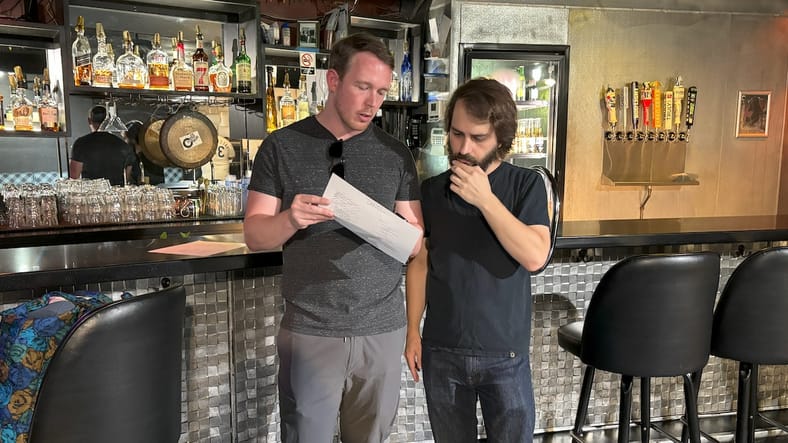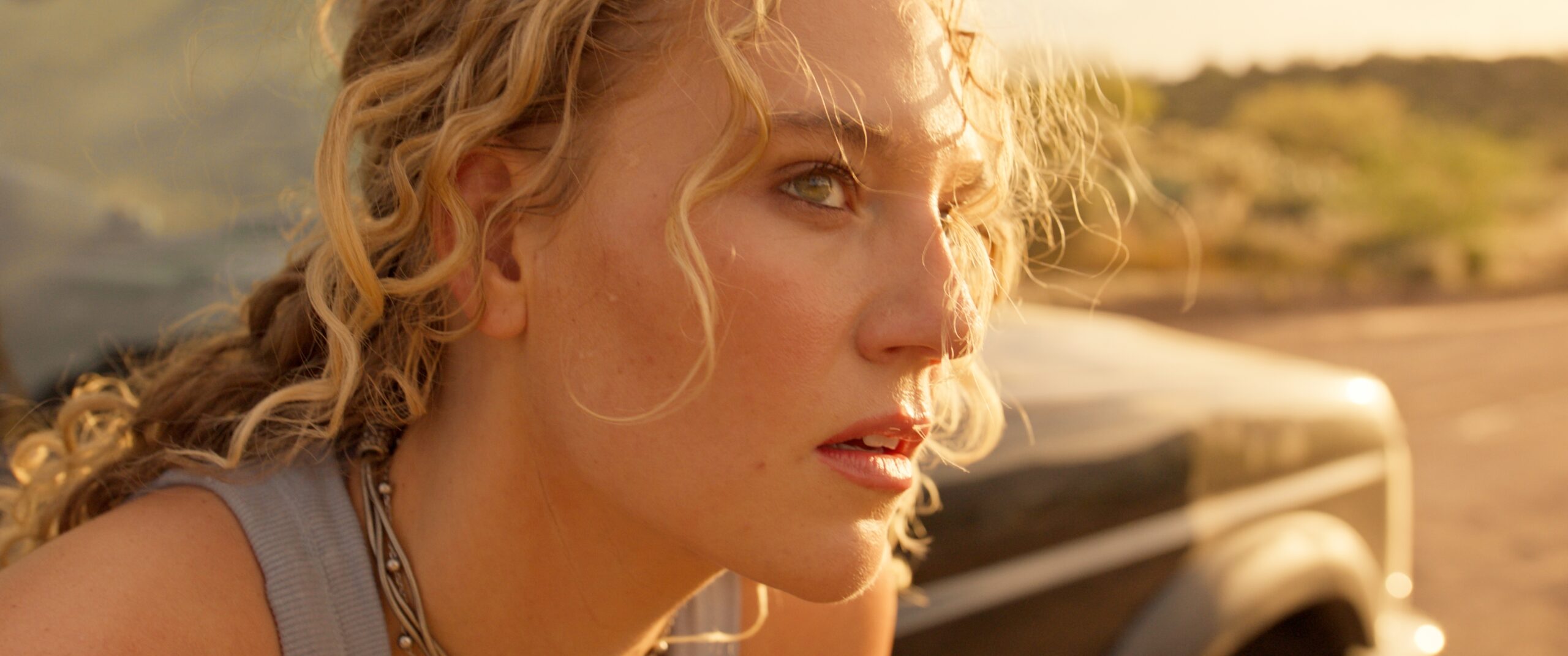Here are all 11 Star Wars movies ranked worst to best. Beware that spoilers follow.
But First
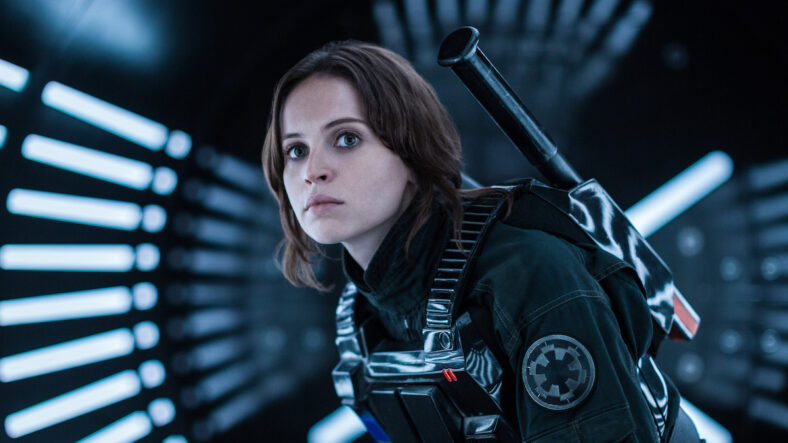
We love Star Wars. But part of Star Wars is loving and defending your version of Star Wars — and defending it again versions of the saga that feels like cash-ins, or otherwise unworthy of the legacy.
Rogue One, above, is for us a good example of a project that brings together the best of Star Wars.
Below are all 11 Star Wars movies ranked worst to best.
The Rise of Skywalker (2019)

Look, we love Star Wars. But the sequel trilogy that started with The Force Awakens sometimes felt like new kids playing with old toys. The costumes and space ships looked right, even if the CGI backgrounds were a little distracting. But the characters just felt flat or underdeveloped. You had to ask: Why are we here? Hasn’t the Skywalker saga been told?
The Rise of Skywalker felt like the most desperate film of the sequel trilogy, as it (spoilers ahead, final warning) revived Emperor Palpatine for no reason and settled the mystery of Rey’s parentage (also: who cares?) by revealing that he was her granddad.
We just didn’t feel the usual magic.
The Force Awakens (2015)

An unpleasant movie for all the reasons listed previously, but we have some other gripes, too: The movie brought back Han Solo just to have his son kill him, which served no purpose other than to make the whiny Ben Solo/Kylo Ren seem like a viable threat. It isn’t actor Adam Driver’s fault that Ren never had Darth Vader or the Emperor’s sense of malice: He’s written as a brat.
New lead characters Rey, Poe and Finn never caught fire — they just didn’t have enough to do. And the movie made its craziest miscalculation by casting Lupita Nyong’o, a magnetic, Oscar-winning actor, as a forgettable CGI character named Maz Kanata. She should have been one of the leads — in human form. We regretfully placed both The Rise of Skywalker and The Force Awakens on our list of Sequels Nobody Needs to See.
It was nice to see the original stars back, though.
The Phantom Menace (1999)

We have never had a more disappointing movie theater experience that the opening of The Phantom Menace: Weird aliens with stereotypical voices talking about… trade routes? We waited 16 years since Return of the Jedi, then lined up for a midnight first showing… for this?
There are other bad things about The Phantom Menace — its CGI never looked as cool as the practical effects in the original trilogy, Jar Jar, the confusing and unnecessary stuff about midichlorians — but also some good things.
Natalie Portman was quite good as Padme Amidala, Liam Neeson provided a steady hand as Qui-Gon Jinn, and Ewan McGregor as Obi-Wan Kenobi did a remarkable job of channeling Sir Alec Guinness while making his own mark. Darth Maul, played by Ray Park, was a fabulous villain and disappeared far too soon. More on that soon.
Attack of the Clones (2002)

It was fine. We like the title, and it was cool to meet Jango Fett.
Natalie Portman, again, was very good — one of the most empathetic of all Star Wars characters, and the heart of the prequels.
And we wish her chemistry with Hayden Christensen had been better. It wasn’t the fault of either actor — they just had some clunky dialogue.
Revenge of the Sith (2005)

Revenge of the Sith drove home the sad conclusion that, even at their best, the prequels maybe shouldn’t have been made.
Like Hannibal Lecter, Freddy Krueger, and countless other movie villains, Darth Vader becomes less interesting the more you know about him.
Still: Vader is one of the coolest parts of the Star Wars world, and it was cool to see him again, 22 years after his demise in Return of the Jedi. We just wish it didn’t take three sometimes tedious prequel movies to get to this point.
Solo: A Star Wars Story (2018)

This movie has no reason to exist, other than making money: It doesn’t add much to the legend of Han Solo, and instead fills in details of stories that were perfectly covered by brief mentions in the original trilogy, with our imaginations filling in the details. (Somehow hearing that the Millennium Falcon made the Kessel Run in less than 12 parsecs is cooler than seeing it happen.)
But Solo doesn’t do any damage to the legacy of Star Wars: Alden Ehrenreich survives the near-impossible mission of filling Harrison Ford’s boots as the coolest smuggler in space, and the movie introduces enough new elements to feel fresh. It has nothing to be ashamed of, and it was fun to watch, once, though we feel no strong desire to watch it again.
We do regret that it revived the most underused character of the prequels, Darth Maul — only to relegate him to a cameo. We hope he’s revived again.
The Last Jedi (2017)

This movie has plenty of detractors, but let’s give credit to writer-director Rian Johnson for taking big swings.
Unlike the films that bookend it in the sequel trilogy, The Force Awakens and Revenge of the Sith, The Last Jedi tries to break some new ground by examining how average spacefolks view the war between the Rebels and the Empire (or the Resistance and the First Order, as the new films rebrand them).
It’s fine. It’s the best movie for Poe in the new trilogy. And it was nice to see Mark Hamill get to shine again as Luke Skywalker. He’s grown into a great warrior who has replaced youthful vigor with Yoda-like wisdom. And we know, we know: Wars not make one great.
Rogue One: A Star Wars Story (2016)

The first Star Wars movie released after George Lucas sold his empire to Disney, Rogue One was a truly gutsy enterprise.
Rather than rehash old material, Rogue One answers one of the great mysterious of the original Star Wars: Could Luke really blow up the Death Star with a single shot? While explaining the origin and details of the plans Leia is shepherding at the start of A New Hope, Rogue One also gives us a grittier take on Star Wars than we’d ever seen before — but its honesty about the grim sacrifices made by people everyone forgets adds poignancy to the entire Star Wars universe.
Felicity Jones is an excellent lead as Jyn Erso, and Diego Luna as Cassian Andor shines brightly enough to justify his own much-praised Disney+ prequel series, Andor, from Rogue One co-screenwriter Tony Gilroy.
And the way it leads directly into the second movie in this list — with two unexpected, thrilling cameos from a father and daughter — is pure cinematic joy.
Return of the Jedi (1983)
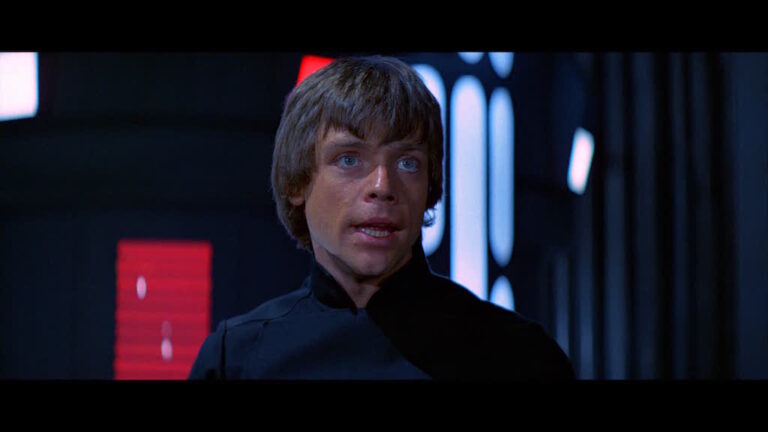
Remember when we said the opening of The Phantom Menace was our most disappointing experience in a movie theater? Let us tell you about our best. It was the moment Luke Skywalker stepped off the plank of Jabba’s execution skiff, about to fall into the Sarlacc pit, then spun around, and caught the edge of the plank — and — and — just watch it.
And pretend you’re seven years old, sitting in a dark theater, going from the despair of thinking your hero is going to die, only to see him completely turn it around, with the help of all his friends — it still gets us.
There are many other excellent things in Return of the Jedi, including Luke’s reunion with his father, the Ewok fight, Han and Leia — we love this movie. A perfect ending to the greatest of all movie trilogies.
A New Hope (1977)

Watch Star Wars: A New Hope again, and it’s impossible not to be in awe. George Lucas pays tribute to the Flash Gordon sci-fi serials that inspired him, but also to the films of Akira Kurosawa and Joseph Campbell’s studies of the hero’s journey.
In the first 48 minutes of the movie, Lucas also introduces at least seven iconic, unforgettable characters: C-3PO, R2-D2, Darth Vader, Princess Leia, Luke Skywalker, Obi-Wan Kenobi, and — near the 50-minute mark — Han Solo and Chewbacca. Everything that seems too coincidental on early viewings turns out to make perfect sense. (Why does Luke just happen to live near Obi-Wan? Becuase Obi-Wan has been keeping watch over him, all his life.)
The storytelling is also impeccable from the opening shot: a very big ship chases a very small ship. A two-year-old can see this movie and know who to root for.
By the Way

In Sam Wasson’s excellent new book about Lucas’ friend and supporter Francis Ford Coppola, The Path to Paradise, one of the producers of A New Hope, Gary Kurtz, notes that the opening scene took eight months of painstaking, analog effects.
It was worth it.
And now, on to the greatest of all Star Wars movies.
The Empire Strikes Back (1980)

The Empire Strikes Back is a film about growing up: The easiest decisions are the hardest, the hardest are the easiest. Do you finish your training or save your friends? Do you betray your friend to save your city in the clouds?
Just when things start to seem simple, everything you thought you knew turns out to be wrong. Obi-Wan… never told you… what happened to your father.
It’s been said that The Empire Strikes Back made Generation X. Star Wars gave us a good guys vs. bad guys space fantasy, and then The Empire Strikes Back revealed that the galaxy is more complex than we ever could have imagined. With Coppola’s The Godfather Part 2, it’s one of the greatest sequels ever made, with crackling Leigh Brackett and Lawrence Kasdan dialogue that recalls Casablanca, heart-stopping action sequences, and surprises at every turn — including the big one. About what happened to Luke’s father.
Can you imagine seeing the Star Wars films in the wrong order — prequels first, then the original trilogy — and being denied the greatest reveal in the history of cinema? The Empire Strikes Back has it, and much more.
It tops this list of Star Wars movies ranked, and would rank very highly in our list of the best movies, period. It’s not just the best Star Wars movie but the best Star Wars period, including shows, books, comics, and everything else.
Liked This List of Star Wars Movies Ranked Worst to Best?
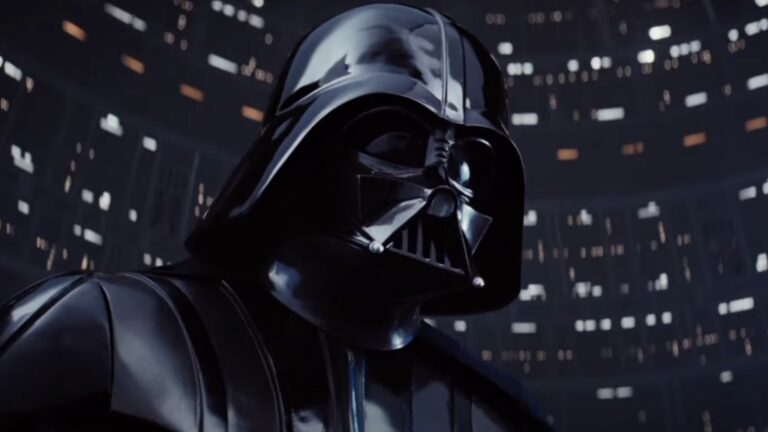
We understand these things are subjective. Let us know in the comments if you disagree with anything we say here — what do you think is the best Star Wars movie?
You may also like this list of All 5 Indiana Jones Movies, given that George Lucas also created Indy when he wasn’t creating the majesty of Star Wars.
Main image: Rogue One. Disney.


